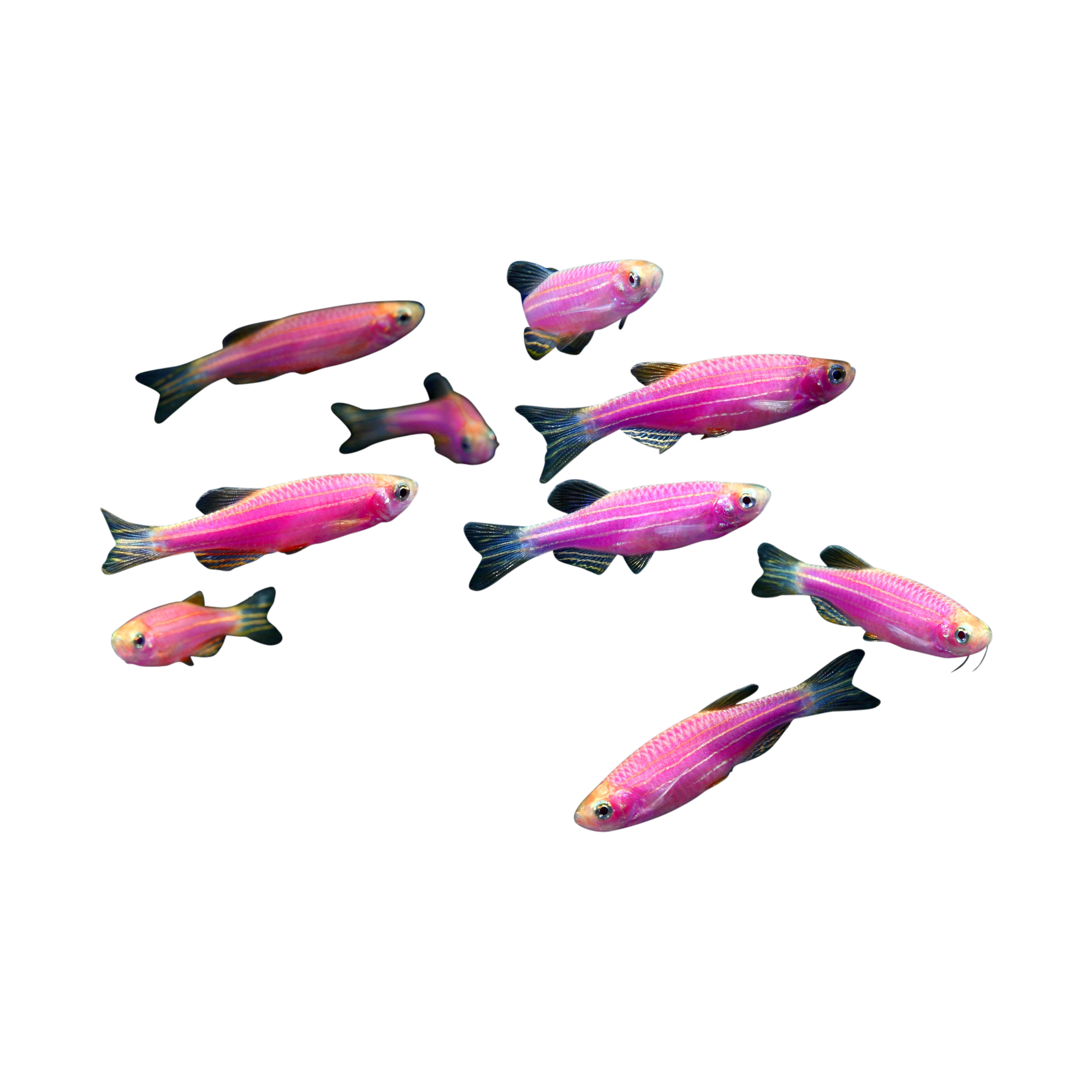My goldfish can't close it's mouth. He is eating and swimming normally, but he keeps his mouth open all the time. What can I do?
eIf you can, look in the mouth for foreign bodies (gravel, food, etc), tumor or any redness, swelling or discharge. You should also check water chemistry. If ammonia or nitrites are elevated, perform daily partial water changes to stabilize chemistry and maintain water quality. Use only aged or conditioned water that is temperature matched to prevent further stress or shock. Goldfish do best in cooler waters, between 65F and 72F. Trauma is also a possibility. A fractured or dislocated jaw can be the result of hitting the glass or tank furniture or from bullying. Swelling from infection is also a possibility. Monitor for redness, bruising, lethargy or loss of appetite. A broad spectrum antibiotic can be used if necessary. Find one, such as maracyn or kanaplex, in the aquarium section of the local pet or fish store. Follow label directions carefully and remove the carbon filter insert during treatment if indicated. Maintaining adequate water quality and parameters will aid in any healing. Plain aquarium salt (NOT table salt) can be used as a general tonic. It will reduce stress, improve gill function, aid in recovery and may help treat minor infection. Dissolve 1 teaspoon per gallon of water in a cup of tank water and gently pour it into the tank. Treat for 10-14 days. When performing water changes, treat only the amount of water being replaced with salt, not the entire tank volume.
Read More